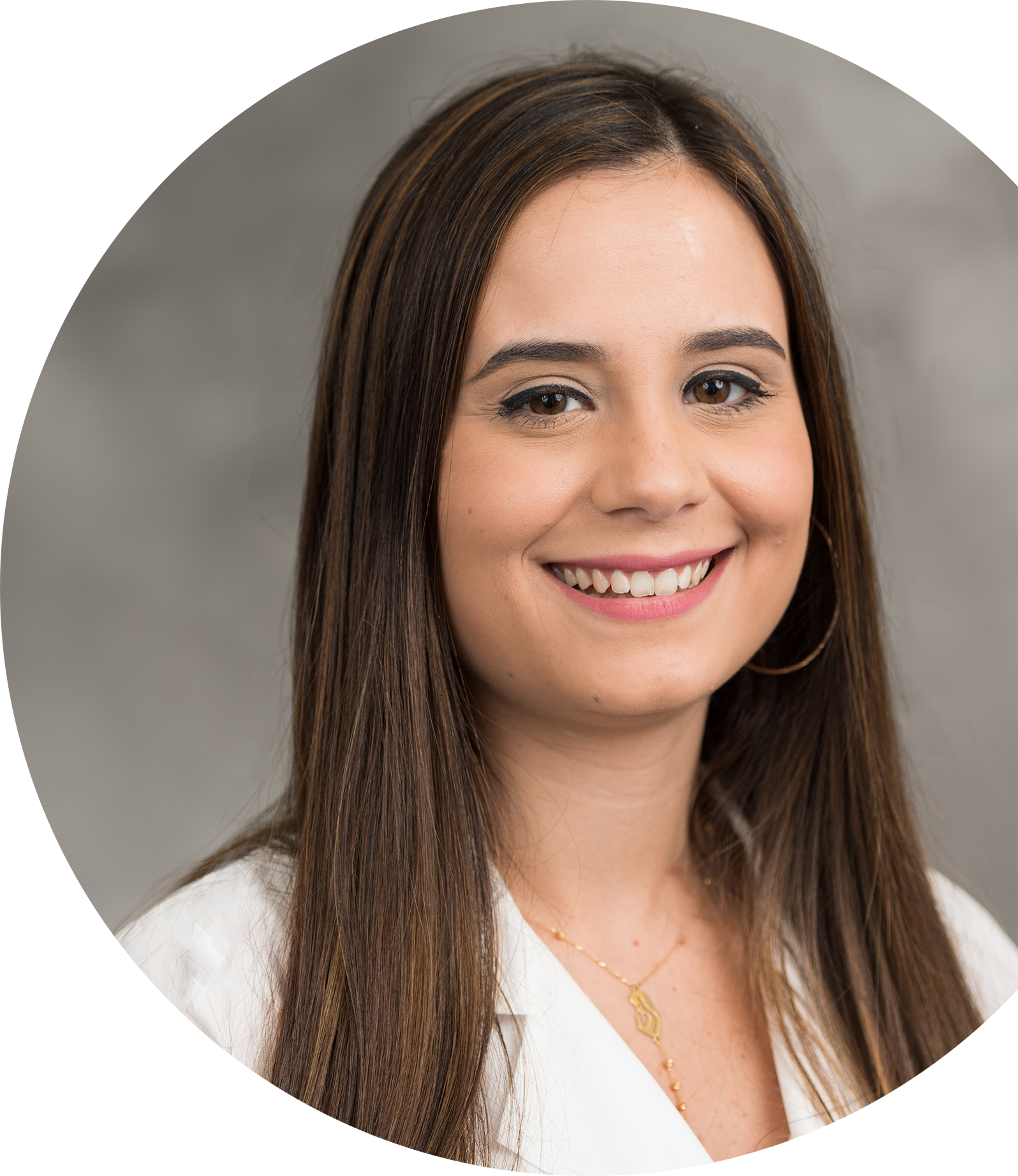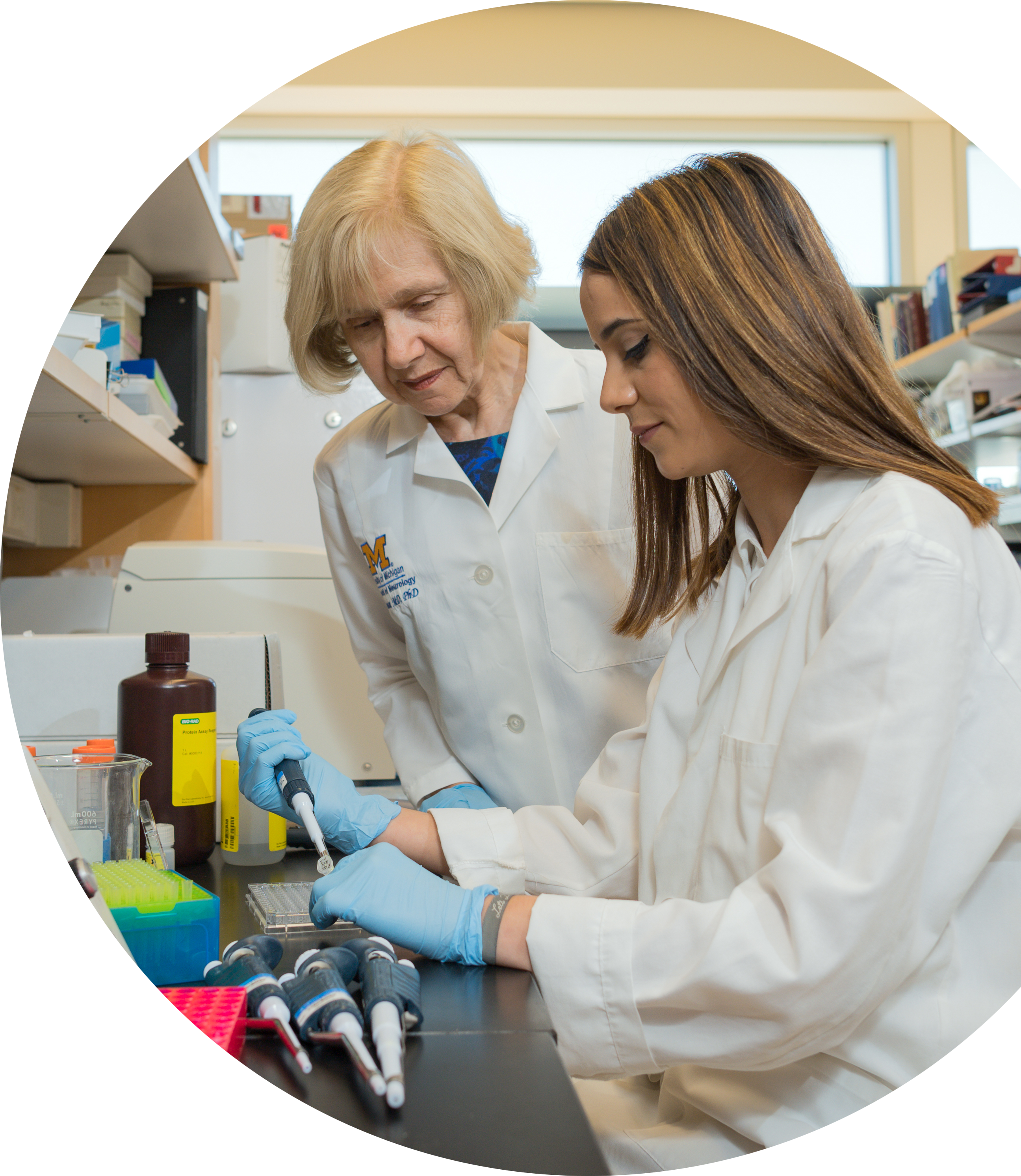1. The ADA 80th Scientific Sessions is underway. How are you be involved?

I have a moderated poster presentation entitled: “Insulin Replacement Therapy Does Not Fully Prevent Peripheral Neuropathy in Type 1 Diabetic Mice.” Glycemic control (blood sugar) is essential to slow peripheral neuropathy, especially in type 1 diabetes. However, strict glycemic control is difficult to achieve and the risk of peripheral neuropathy persists even in well-controlled type 1 diabetic patients. Understanding the effect of insulin treatment on peripheral neuropathy is therefore critical to designing additional therapies that can reverse disease progression.
2. This is the first time it’s a “Virtual Experience,” do you see that as a positive or a negative?
Nothing can replace real-life scientific discussions and collaborations that usually take place at annual conferences. But when life gives you lemons, you make lemonade, and by going virtual, these conferences will offer the opportunity to connect scientists despite COVID-19 challenges.
3. Why are meetings and sessions like this important?
Conferences like the ADA allows young scientists like me to build relationships within the scientific community by attending and presenting our work, engaging in active scientific discussions, and getting invaluable input on our research from experts in the field. This exposure also helps us develop multiple national and international transdisciplinary collaborations. Lastly, attending these conferences will help keep us updated on the latest research conducted in the field of diabetes and diabetic complications.
4. What are you looking forward to most about the ADA Scientific Sessions?
I’m excited to present my project and get feedback from experts in the field. I have also a list of talks relevant to my research that I would like to attend.
5. What are the 3 important things the general public should know about diabetes?

- Obese individuals—body mass index (BMI) over 30—are at higher risk for developing type 2 diabetes. BMI CALCULATOR
- Research from our team and others has shown that obese individuals essentially experience the same complications as diabetic individuals, even before progression to type 2 diabetes.
- A healthy lifestyle can reduce the risk of developing complications in obesity and type 2 diabetes, including nerve damage.
6. What types of neurologic complications are related to diabetes?
Diabetic neuropathy can affect nerves throughout the body, including those in the legs and feet, digestive tract, blood vessels and heart. The most common form of diabetic neuropathy is peripheral neuropathy that damages nerves in the legs and feet.
7. Why do you think research in Diabetes is so important?
Diabetes is a major public health concern that affects over 463 million people across the globe. In addition to the financial burden associated with diabetes, patients with diabetes suffer from serious complications that affect multiple areas of the body including the eye, the kidney, the heart and the nerve. These complications can be disabling or even life-threatening. Despite the enormity of the problem, there’s still no treatment that can prevent or reverse their development. That’s why understanding the cellular and molecular mechanisms underlying tissue injury in diabetes will be crucial for the development of effective therapies, and ultimately improve the quality of life in affected patients.
8. How did you get involved in Diabetes research?
I first developed a strong interest in diabetes research as a master’s student, and later a research assistant, at the

American University of Beirut, Lebanon. I was working in Dr. Assaad Eid’s laboratory identifying sources of oxidants in diabetic kidney disease. I published three first-author papers and a review, which were considered important milestones in the field of redox (novel) biology and diabetic kidney disease, which inspired me desire to pursue my PhD studies, and later my research fellowship in this field.
9. Can you tell us a little bit about the focus of your research?
The major goal of my research is to understand how abnormal fat profiles lead to nerve damage in prediabetes and type 2 diabetes. My colleagues and I have recently shown that this is a key player in the development of peripheral neuropathy in mouse models. Currently, I’m focusing on identifying major sources of toxic oxidants that are activated in dyslipidemia (abnormal fat profiles) and examine how these sources lead to nerve damage.
10. Where do you see your own research going in the near or distant future?
The long-term goal of my research is to develop a mechanism-based, targeted antioxidant therapy that will restore oxidative balance and nerve function in peripheral neuropathy in the setting of prediabetes and type 2 diabetes. My preliminary findings on the role of Noxs, as major pro-oxidant enzymes in peripheral neuropathy provided the foundation of an NIH K99 R00 grant, which I recently submitted and if awarded, will equip me with the technical and scientific expertise needed to launch my independent research career.

